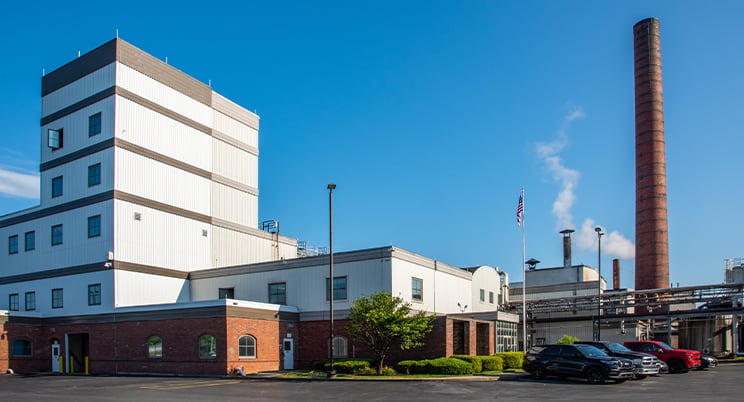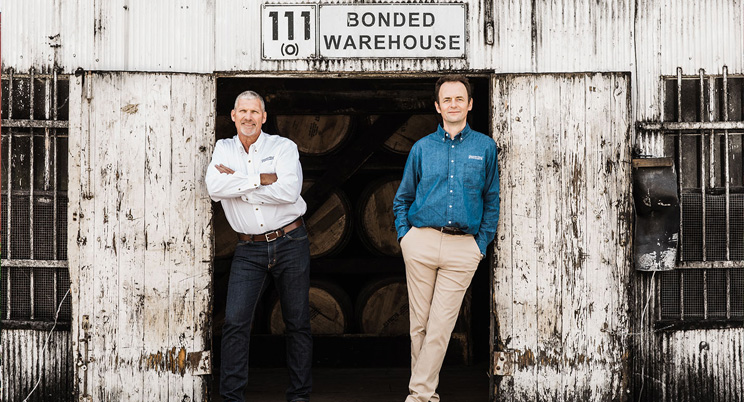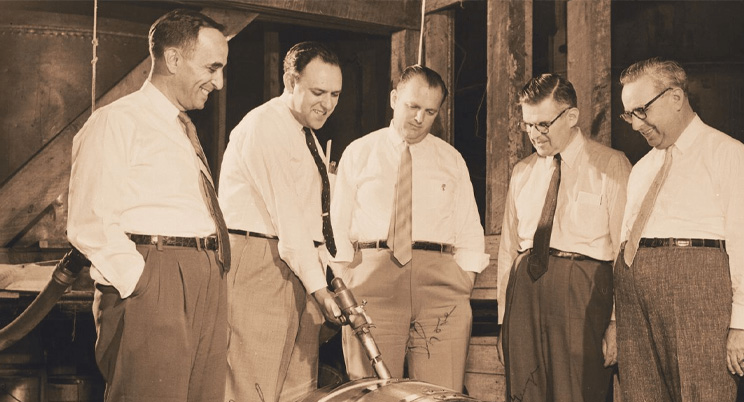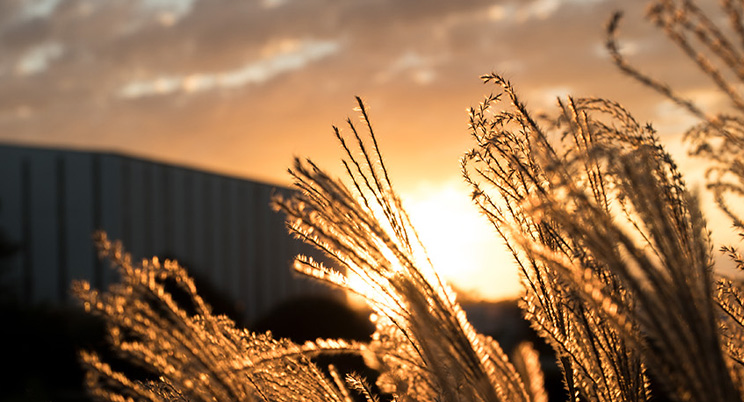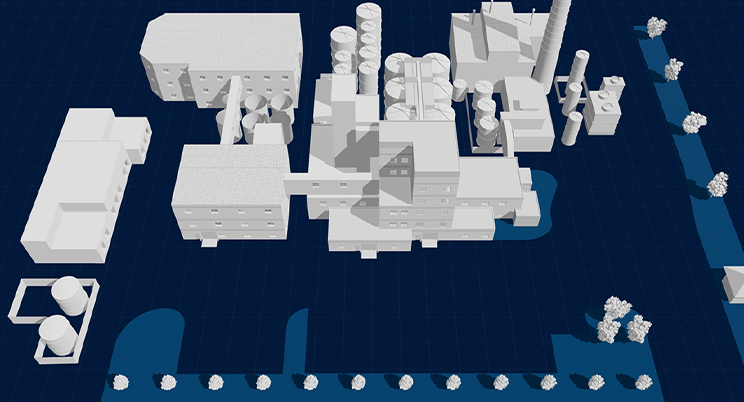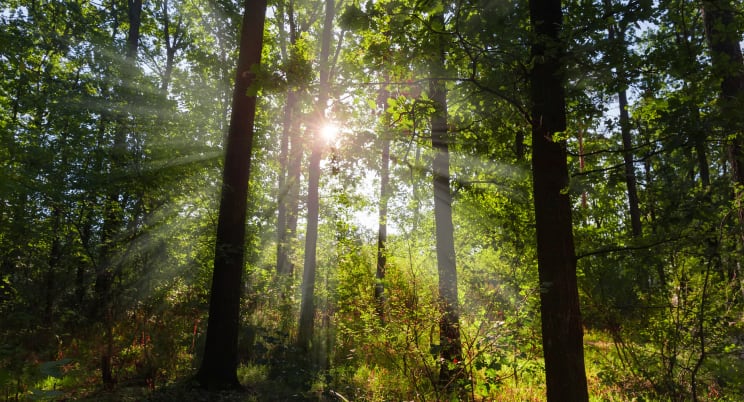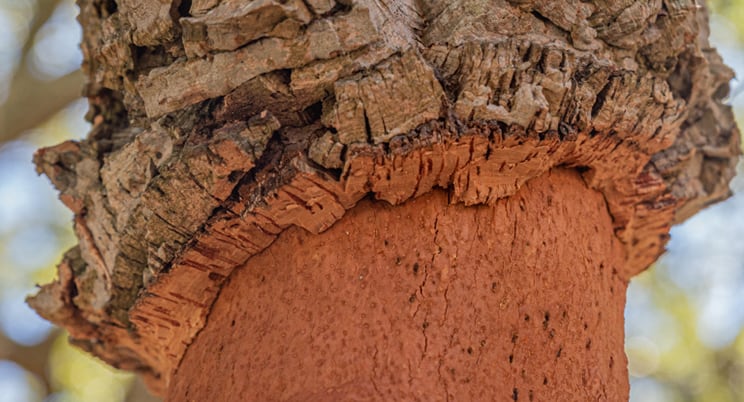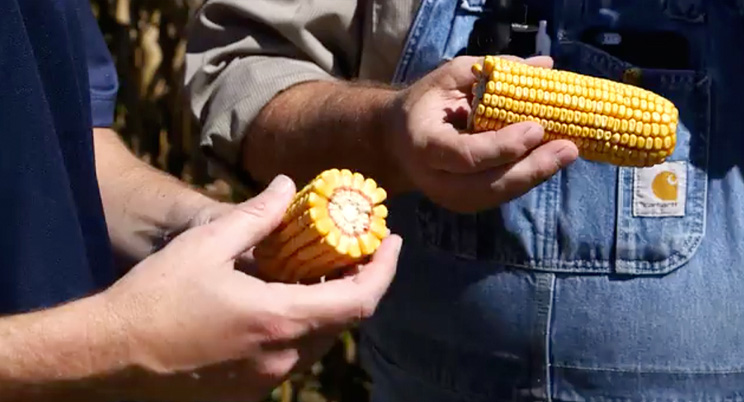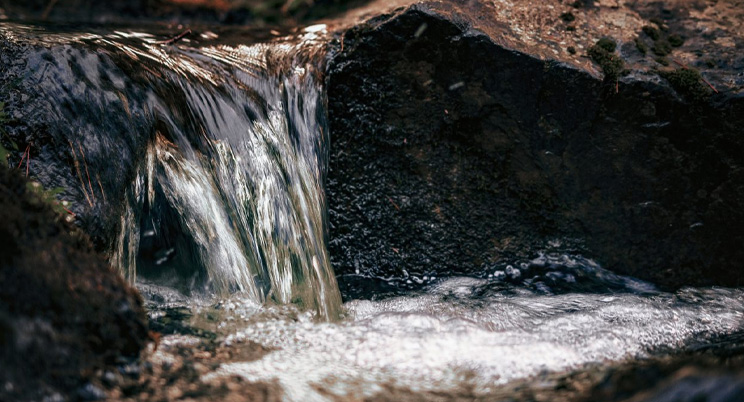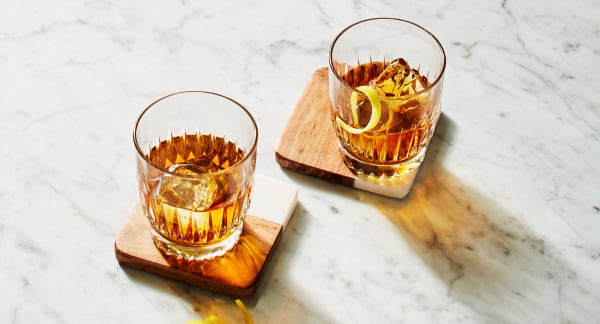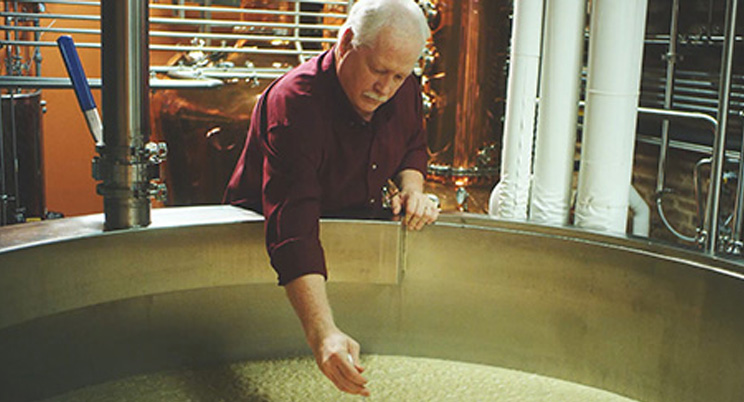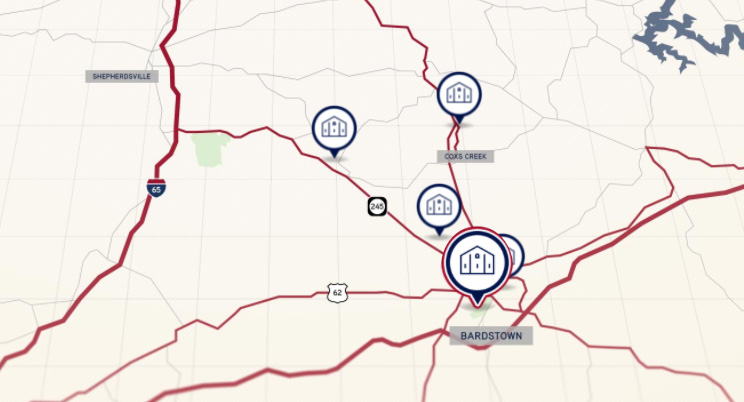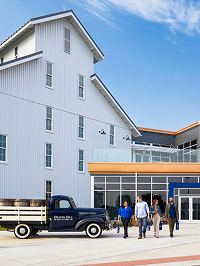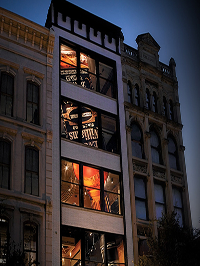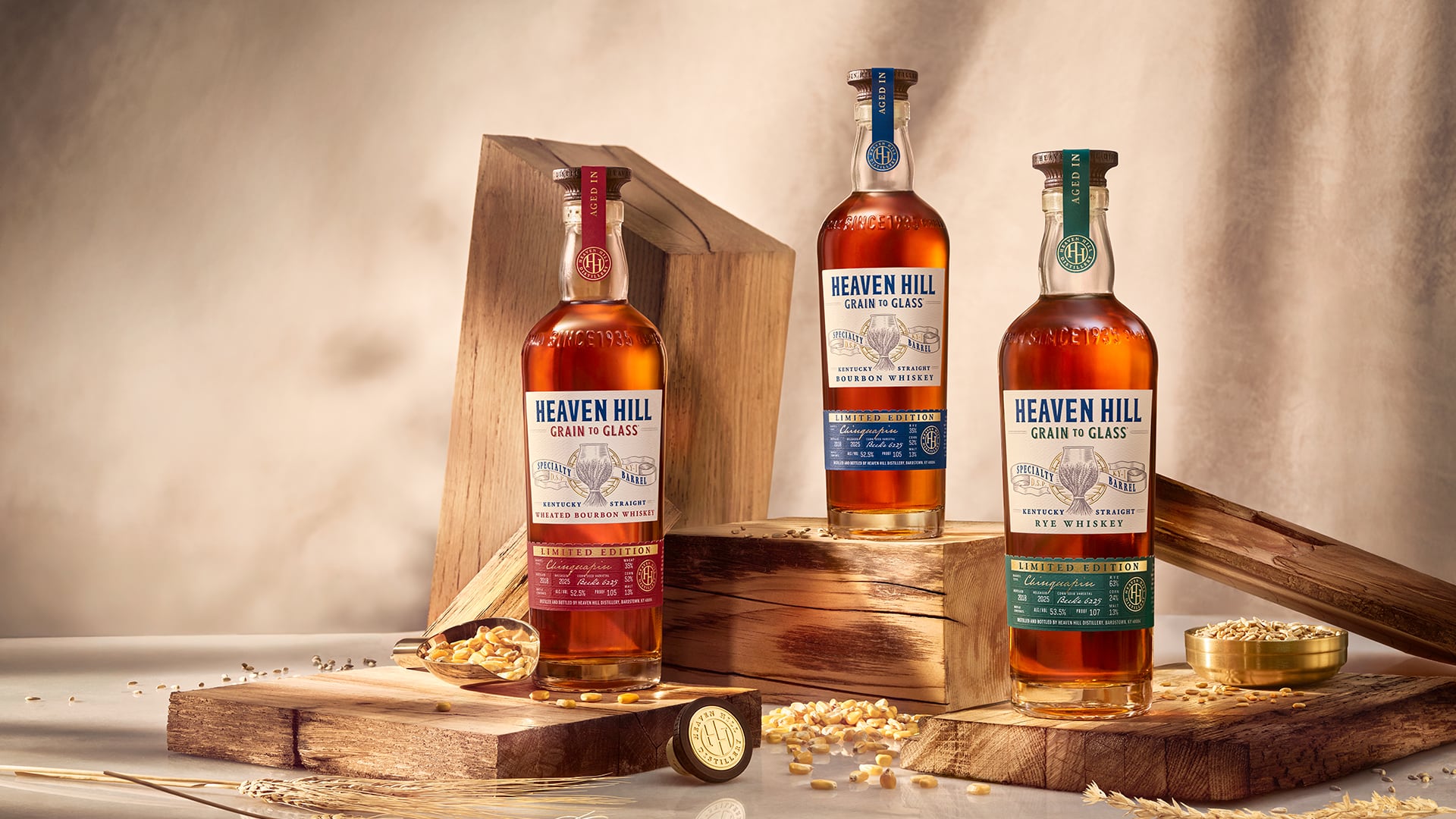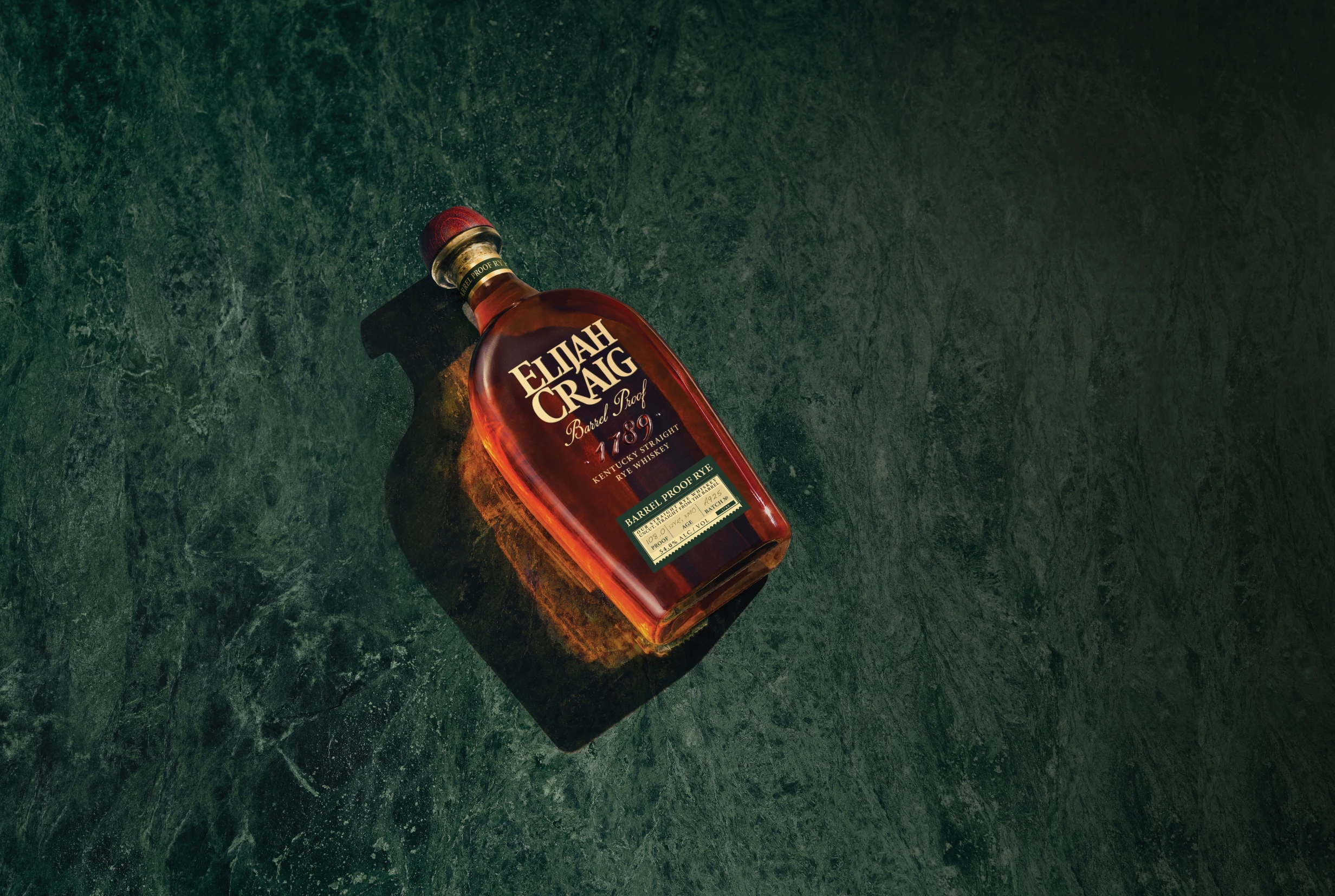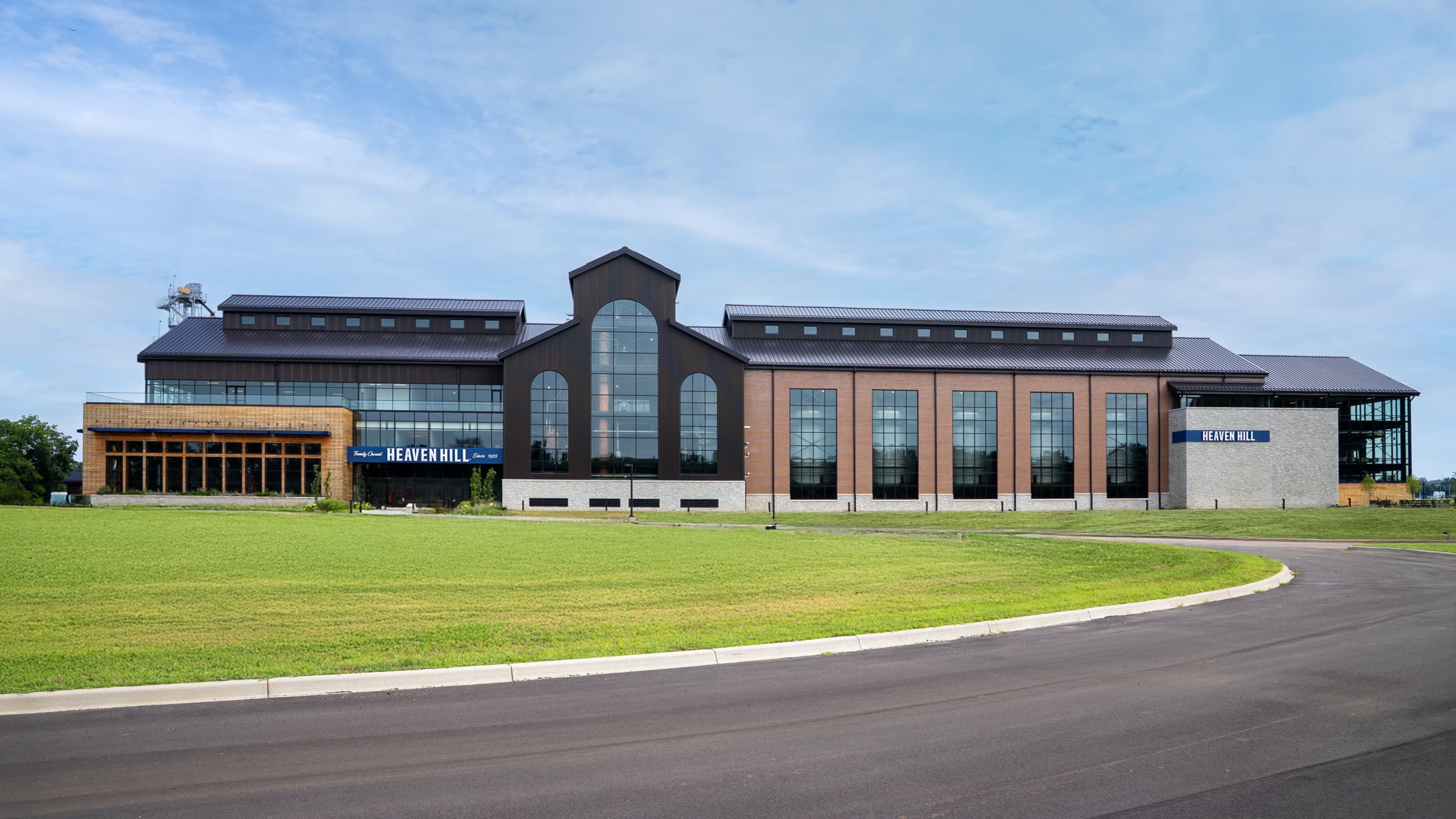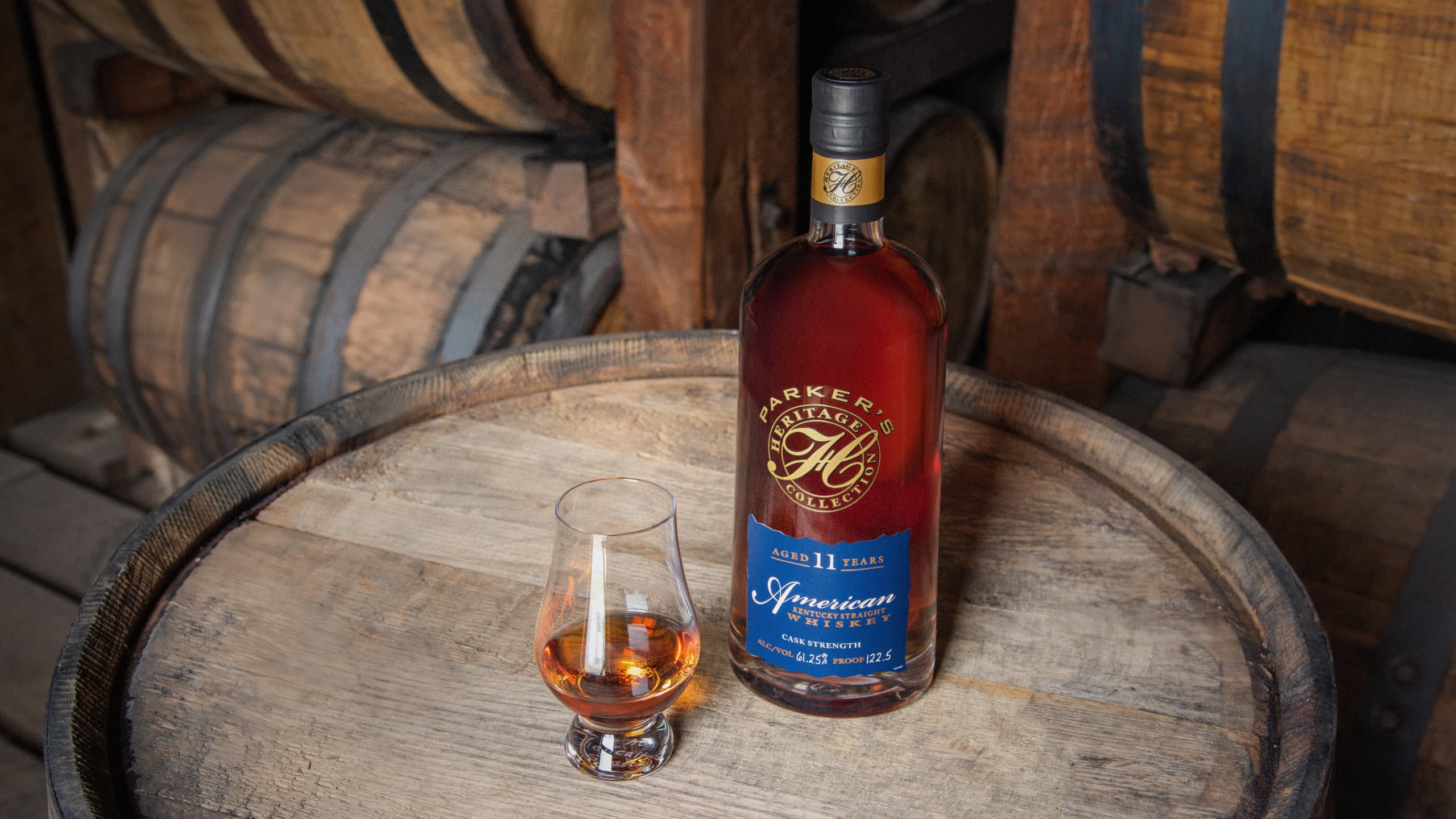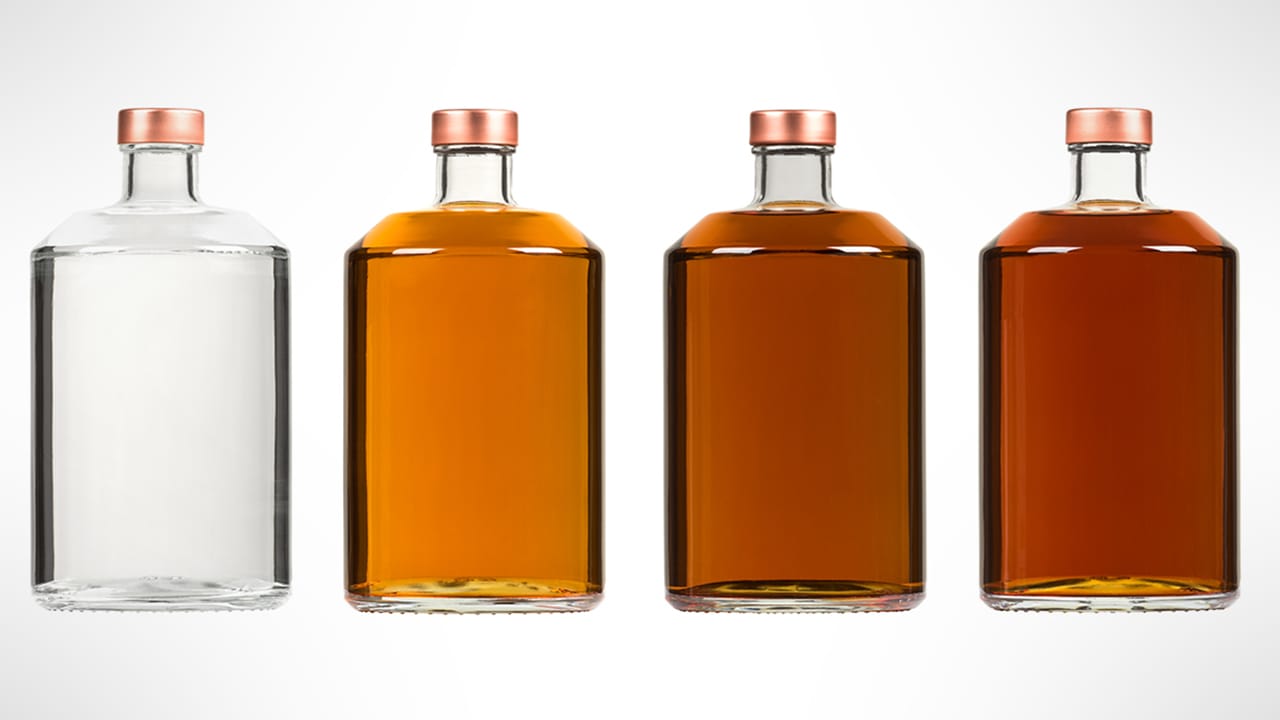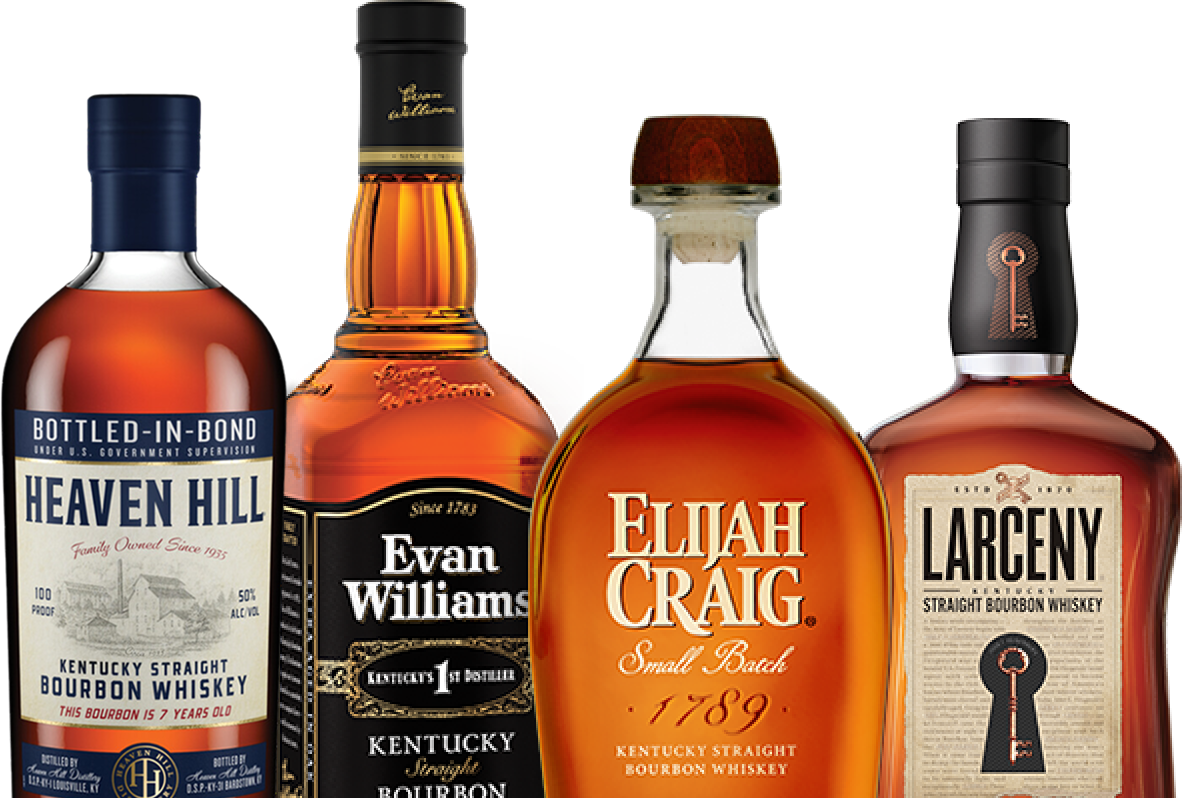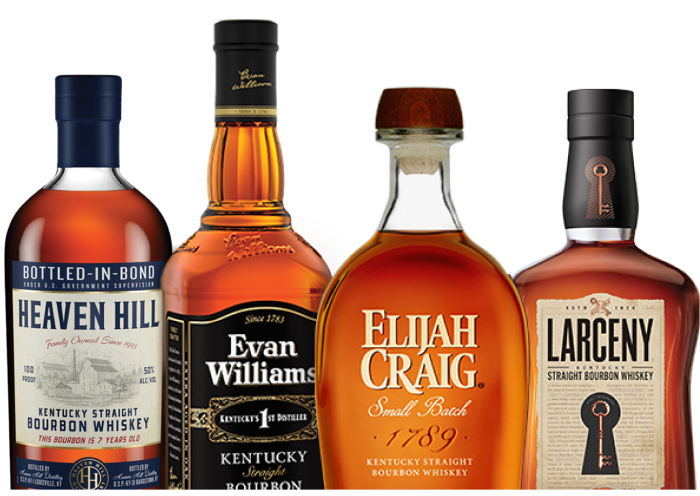Whiskey gets all its color and about 60 percent of its flavor from its stay in a charred oak barrel.
That long transformation from clear distillate to delicious amber may seem simple—after all, the whiskey’s just sitting there for years – but exactly what happens to it over time within the wood is far more complex than many fans realize.
Some aspects of whiskey’s evolution are mundane, others are miraculous, and all of them can be analyzed scientifically to a dizzying degree.
That’s why the story of whiskey aging in wood is one of our favorites to share.
Char = Color and Flavor
Spirits have been stored in barrels for thousands of years, but the wood’s effects on the distillate became monumentally profound and positive in the 18th century, when Baptist minister Elijah Craig began charring the inside of his barrels before filling them with Bourbon. Cooperages have been charring barrels ever since and have worked diligently to master and manipulate the process to the nth degree. Today, charring is a government requirement in Bourbon production.
Here’s how charring happens and why it’s so significant: the barrel’s inside is burned over open flame for 40 – 45 seconds. That brief incineration leaves a layer of char (roughly ¼-inch deep) that resembles a partially burned log in a fireplace: heavily textured, cracked and creviced.
When spirits are added to a charred barrel, the liquid slowly penetrates the charred layer to access the delicious and newly caramelized wood sugars. Over time, the liquid goes slightly beyond the char layer to interact further with the oak and extract other flavors and aromas. The char layer also helps filter out less-desirable, coarser flavors created during distillation.
It takes only a few weeks before the clear whiskey begins to take on the char’s color influences, changing over the years from pale gold to deep brown.
Whiskey and Water: They’re both important


Liquid after 0 Days of aging

Liquid after 6 Months of aging

Liquid after 1 Year of aging

Liquid after 8 Years of aging

Liquid maturation from Day 1 to Year 8.
Heaven Hill Distillery enters its whiskeys into the barrel at 125 proof: 62.5 percent of that is alcohol and 37.5 percent is water. Because each liquid interacts differently with the wood, each plays a singular role in flavor extraction.
Water dissolves wood sugars that contain the sweeter vanilla and caramel notes so common to barrel-aged spirits. Alcohol extracts tannins that give the spirit complexity, depth, and a drying sensation on the palate. It also plays an essential role as the spirit’s preservative.
Our warehouses are heated and cooled by nature alone, so the temperature of the whiskey within each barrel moves relatively in step with the weather. When the weather’s hot, air pressure builds within the barrel to force the whiskey deep into the inner wood layers. When the weather’s cold, air pressure drops and the liquid retreats.
Since temperatures in Kentucky routinely swing 100 degrees between winter and summer, this aggressive and frequent movement within the barrel creates vividly flavored whiskeys.
The profound effect of barrel location
Both water and whiskey evaporate slowly through the wood, but each vaporizes under different conditions:
- Barrels stored on hotter, drier upper floors of warehouses evaporate more water, which causes the proof of the whiskey inside the barrel to rise markedly.
- Barrels on cooler, more humid lower floors will evaporate more alcohol, causing proof to decrease.
- It’s not unusual to find upper-floor barrels with proofs of 150, and lower-floor barrels with proofs in the mid-80s!
Liquid evaporation creates space within the barrel, and into that space enters oxygen. And where there’s increased oxygen, chemical reactions follow, among them, esterification. Esters are chemical compounds within whiskey that produce fruity aromas and sweet flavors.
Some esters are native to the distillate and can be amplified or eliminated along the aging curve; other esters are created through interaction with the wood during aging. Experienced maturation experts know when esterification is occurring in their whiskeys, which gives them an excellent handle on how long they want them to age.
When is old too old?
Many whiskey aficionados believe in an ideal age range for whiskeys they like.
Well, we do, too.
Ours is somewhere between four years (for Evan Williams Bottled-In-Bond) and 27 years (for our Heaven Hill 27 Bourbon to be released this fall). In truth, though we have a very good idea of when our whiskeys will achieve peak flavor, we rely on the whiskey to tell us when it’s ready. Barrel aging simply can’t be rushed.
But there are times when a whiskey’s flavor is less than desirable due to too many years in the barrel, or because of excessive evaporation (a.k.a. the “angels’ share”) under prolonged heat exposure.
Bitterness—caused mostly by a disproportionate amount of tannins—results from the liquid interacting too deeply into the wood (beyond the char line), or from the loss of too much water. And when you have 1.4 million barrels of whiskey aging in inventory like we do, overaged or bone-dry barrels occasionally emerge.
We consider that as just one of the many risks of barrel aging. Yet oftentimes we’ve found great rewards in pushing the limits as some of our long-aged Elijah Craig (18-year and 23-year) and Parker’s Heritage (24-year) releases have proven. After all, it is a simple wooden barrel.
